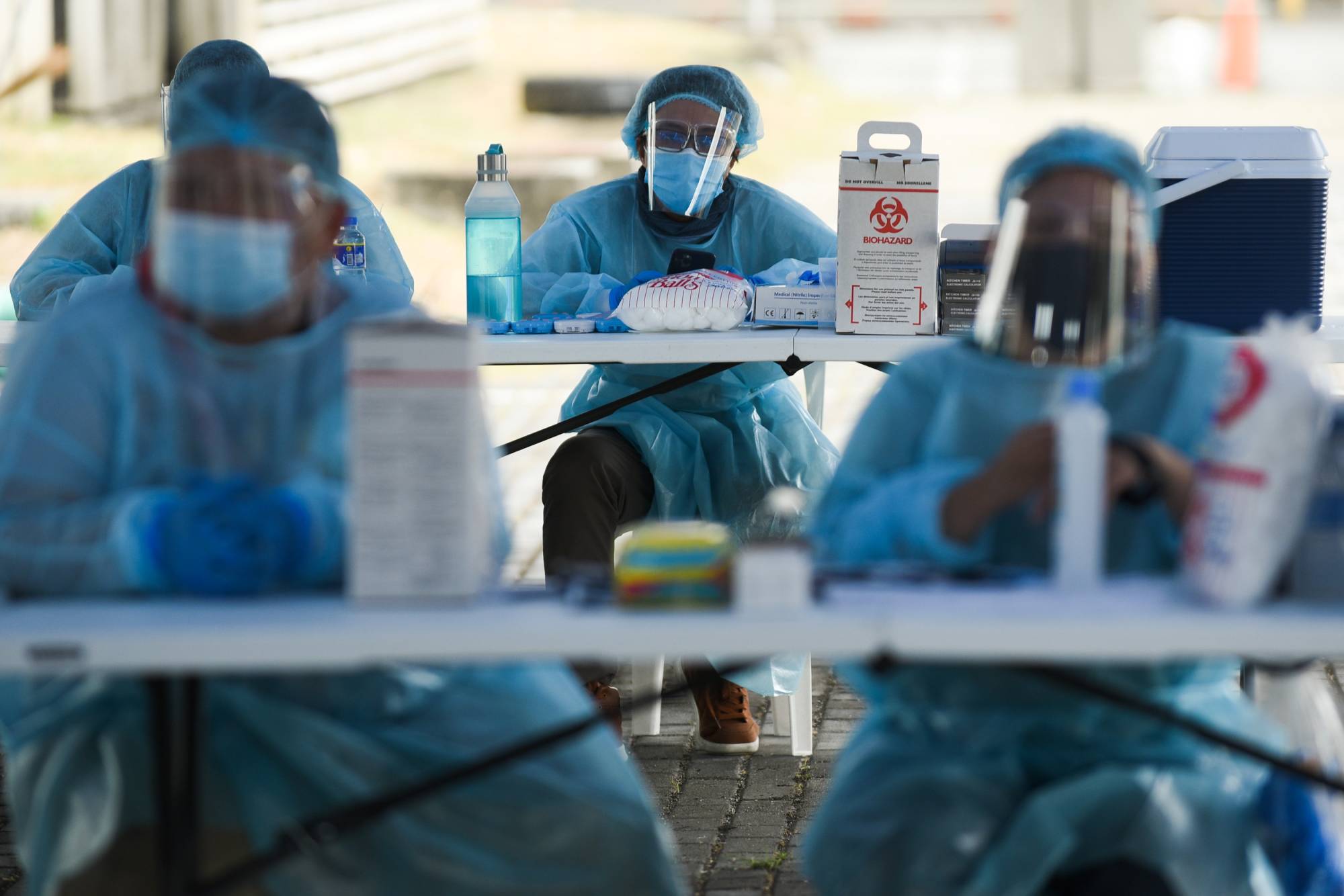During much of the first year of COVID-19, Southeast Asia seemed one of the few bright spots in the world. Vietnam, a lower-middle income country that had learned from its experience with SARS, had one of the lowest case and death rates in the world. Thailand, Brunei, Singapore, Malaysia and even poorer countries in the region such as Laos and Cambodia mostly kept the virus at bay, even as wealthier states in Europe, North America and Latin America suffered millions of cases and hundreds of thousands of deaths.
To be sure, Indonesia and the Philippines struggled, but the region’s overall low rates even made some scientists question whether people in mainland Southeast Asia enjoyed some natural immunity to the novel coronavirus.
More recently, many Southeast Asian states have experienced troublingly sharp new surges in cases, and some countries could wind up as COVID-19 disasters nearly on a scale with that of India. Thailand, which at points last year had no domestically transmitted COVID-19 cases, now is averaging around 4,000 new cases a day, and some of its hospitals are running out of ventilators and intensive care unit beds.



















With your current subscription plan you can comment on stories. However, before writing your first comment, please create a display name in the Profile section of your subscriber account page.